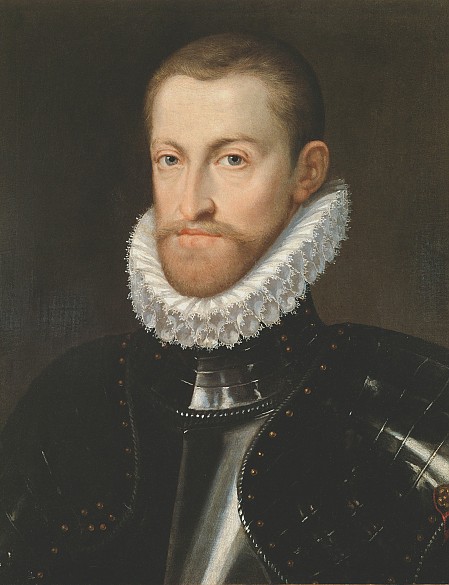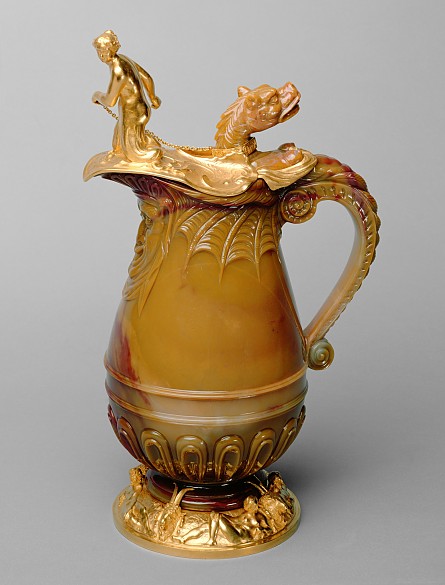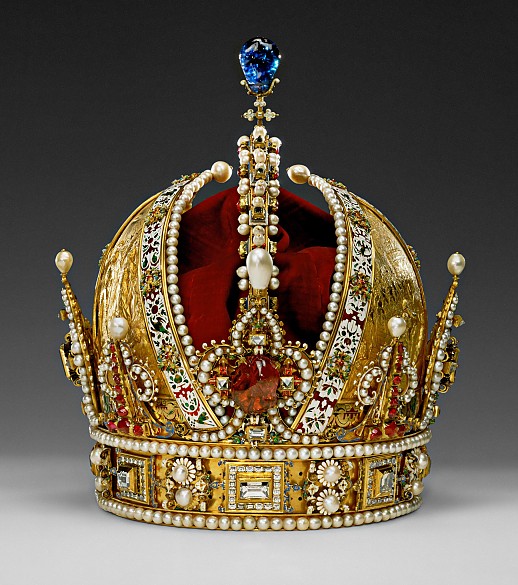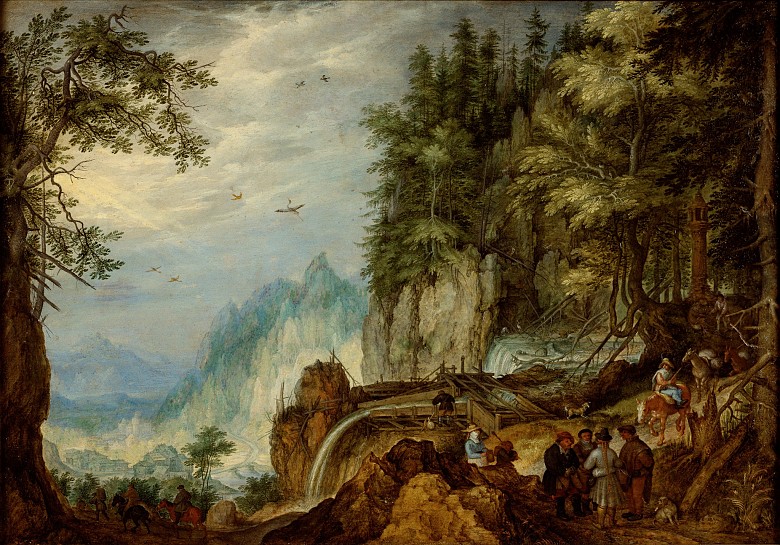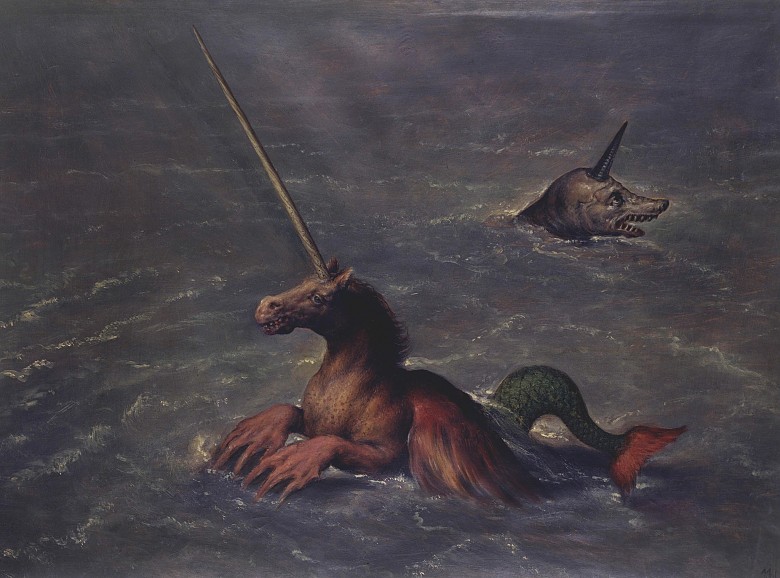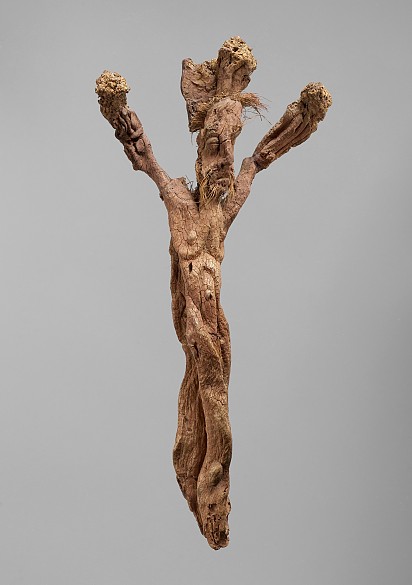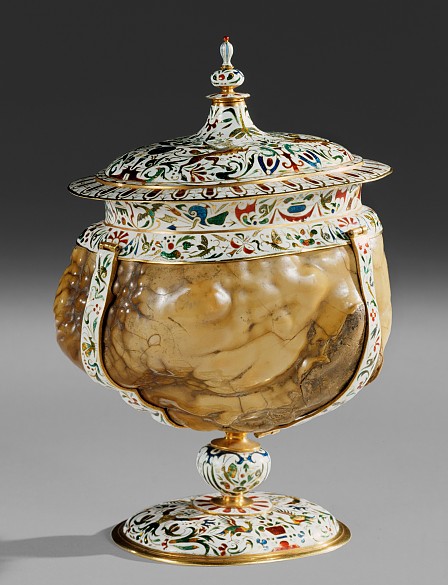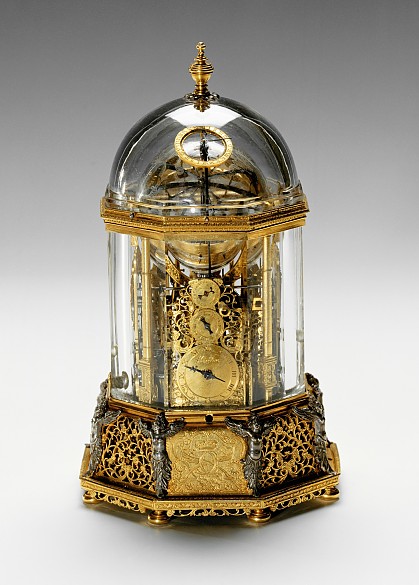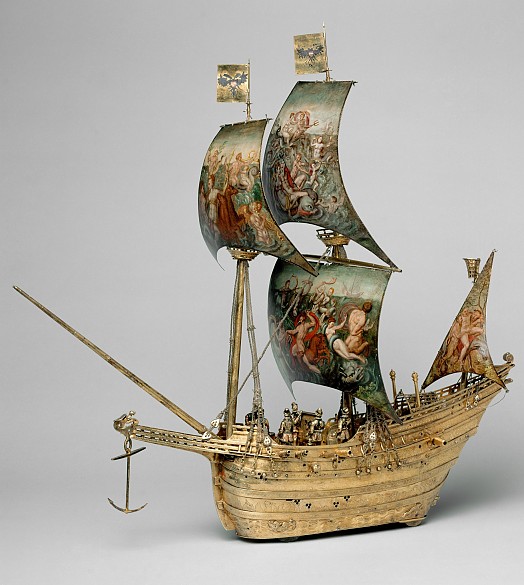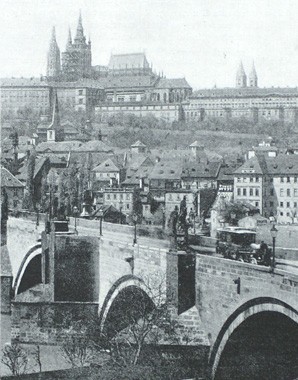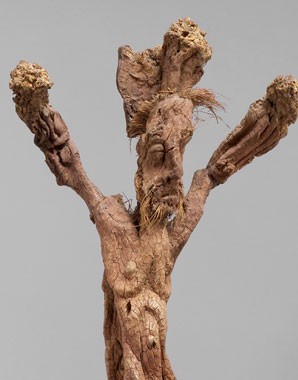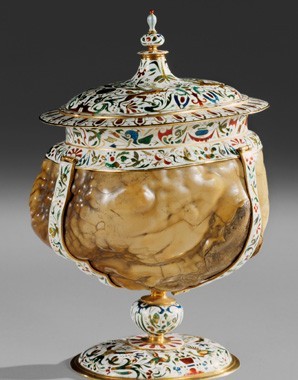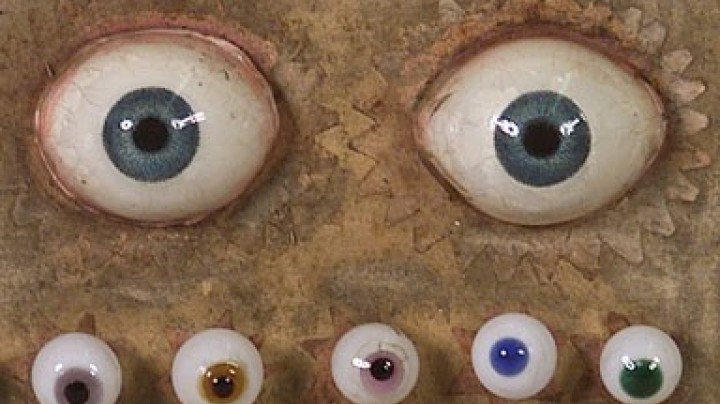The Kunst- und Wunderkammer of Emperor Rudolf II
Rudolf II’s Kunstkammer was one of the most diverse of its times. Plundered in 1648 by Swedish forces when Prague was captured, only parts of it are today extant in the Vienna collections.
The following list of the objects plundered by the Swedes from the castle at Prague affords an insight into the holdings and size of Rudolf’s collections.The plunder from the castle at Prague included 470 paintings, 69 bronze figures, several thousand coins and medals, 179 objects of ivory, 50 objects of amber and coral, 600 vessels of agate and crystal, 174 works of faience, 403 Indian curiosa, 185 works of precious stone, uncut diamonds, more than 300 mathematical instruments and many other objects.
The alchemist and court physician to Rudolf II, Anselm Boethius de Boodt, wrote about Rudolf II in his work Gemma et lapidum Historia, pubished in 1609.The Emperor is a lover of stones, and not simply because he hopes thus to increase his dignity and majesty, but through them to raise awareness of the glory of God, the ineffable might of Him who concentrates the beauty of the whole world into such small bodies and in them unites the seeds of all other things in creation.
Inspired by the art treasures of Charles V and Philip II of Spain, Rudolf II became perhaps the most important collector of his time. However, this collection was not a gallery in the modern sense but rather united works of art with exotic animals, minerals, lapidary work and much more besides. It too was intended to represent an image of the universe. Rudolf’s huge collection needed a corresponding amount of space, and rooms in the castle at Prague were adapted to house it. The emperor collected on an unparalleled scale: when his agents, continually scouring Europe for new objects, were unable to acquire certain objects, he had them copied. Workshops at his court produced art objects. He had an especial predilection for lapidary work. This interest was of a piece with Rudolf’s pansophical view of the world that regarded everything, including the physical world of phenomena, as part of a universal system.A showpiece of the collection and of the goldsmith’s art that was patronized by the court was the imperial dynastic crown.
Rudolf was also fascinated by natural phenomena, and commissioned his own court artists to produce paintings of natural objects and animals.
In the inventory covering the years 1607 to 1611 Daniel Fröschl (1563–1613), court painter and administrator of the imperial collections, listed natural objects including chameleons, crocodiles, fish, a bird of paradise and many other creatures. If a stuffed specimen was not to be had, Rudolf had the animal in question painted. There were even images of unicorns, dragons and mandrakes in his collections.
The mandrake and the ornately set bezoars demonstrate the mixture of scientific interest and notions of magic that characterized Rudolf’s approach to collecting.
The Habsburgs were especially fascinated by mechanical art objects and automatons with moving parts, and Rudolf employed the famous watchmaker Bürgi for this purpose at his court.
